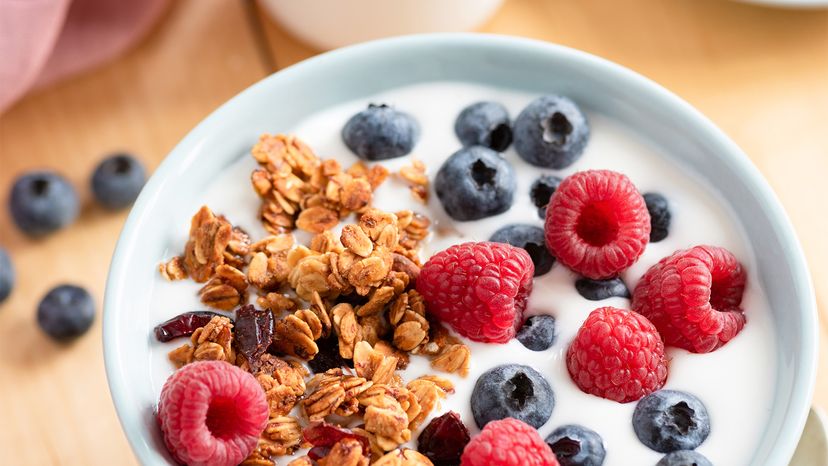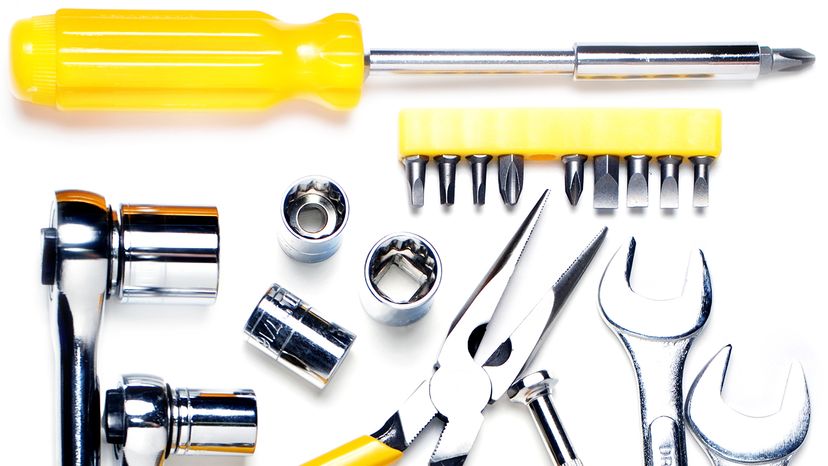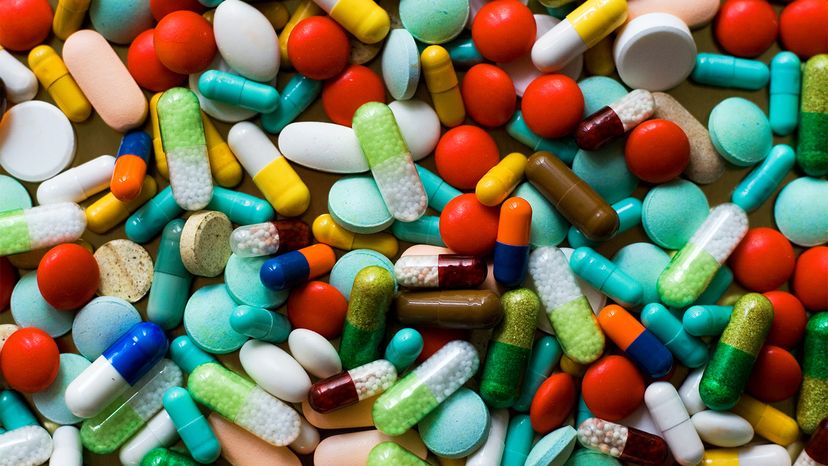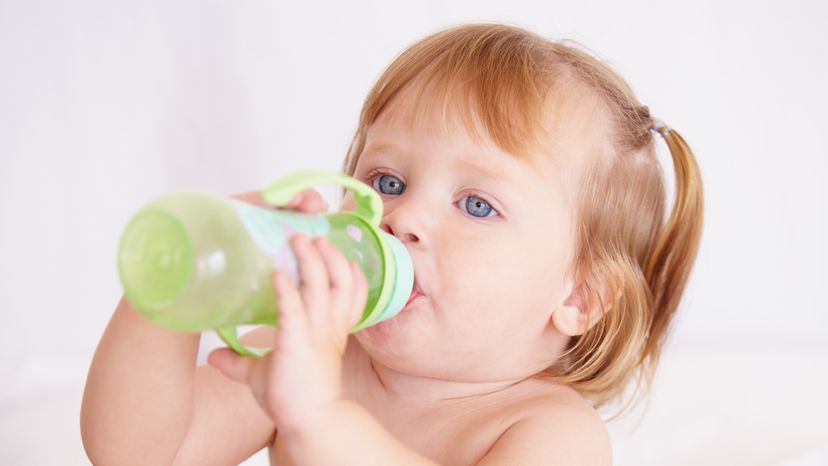
What's in a name? Apparently, less influence than ever — at least at the supermarket.
Shoppers are increasingly opting for off-label foods instead of brand name products. Off-label foods are flying off store shelves three times faster than branded products, a trend that is expected to continue well into 2020, according to Nielsen.
Advertisement
"We're in the golden era for private label," Jonathan Deutsch, professor of culinary arts and sciences told Policy Genius.
These "private label" products, sometimes known as "store brands," often originate at the same manufacturer as their brand name cousins. Sometimes, the only difference between the two products is the packaging.
But don't confuse store brand/private label products with generic offerings. Generic packaging carries neither a brand or a store name on its label, instead calling attention to what's inside — often with a black moniker on a yellow or white background, such as "chips" or "cola." No frills, right?
When it comes to price, the high-to-low order is usually brand name to store brand to generic, and this can make a difference to individuals or families on a budget. As of January 2018, the United States Department of Agriculture says the average U.S. family of four spent anywhere from $561 to $1,285 on food a month.
Shopping for store brands can shave an average of 15 to 30 percent off supermarket spending, according to Consumer Reports.
So what are some items that you should always buy generic and why? What you learn about the products themselves, as well as the reasons for the price differences, may surprise you.







